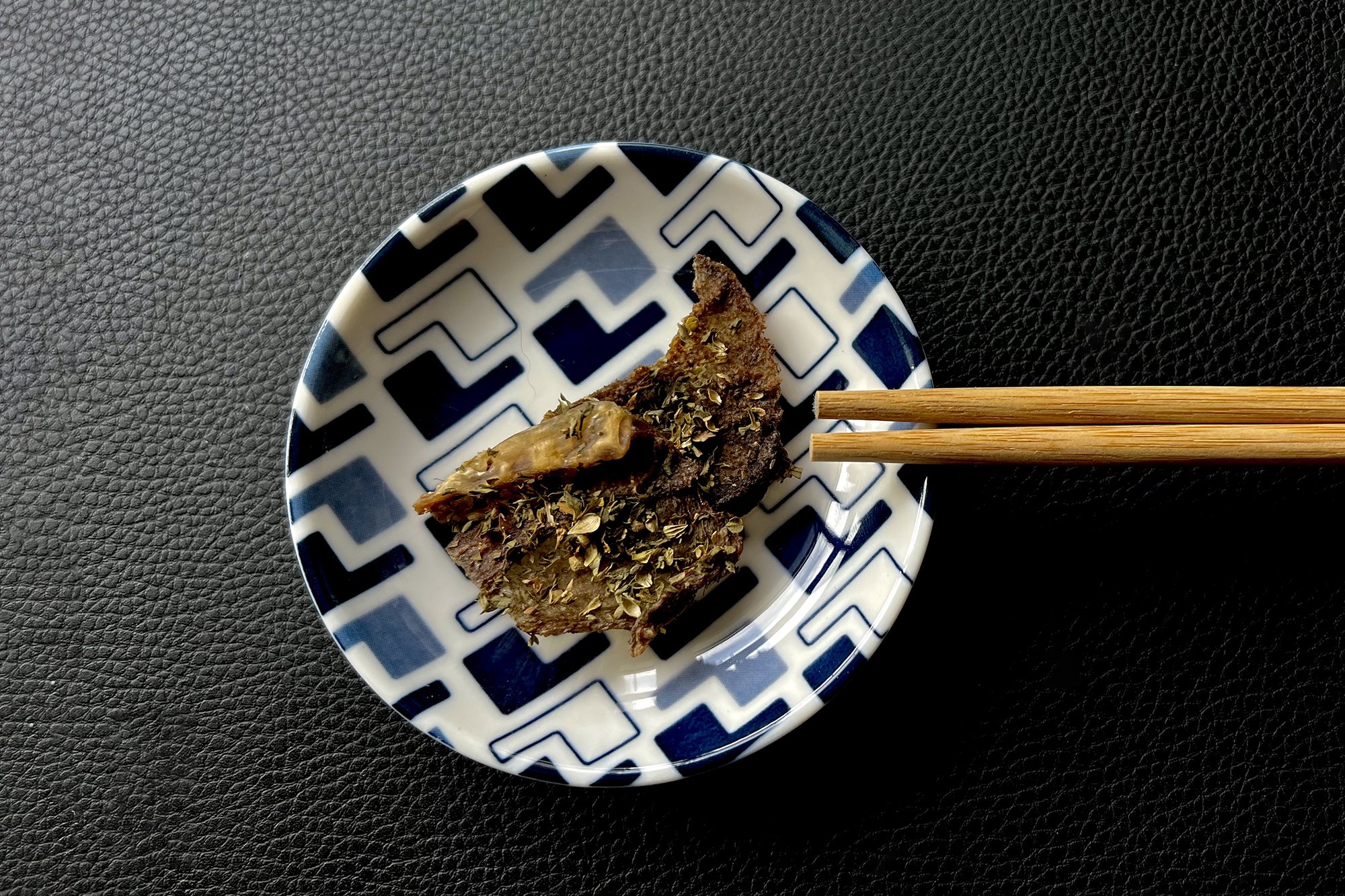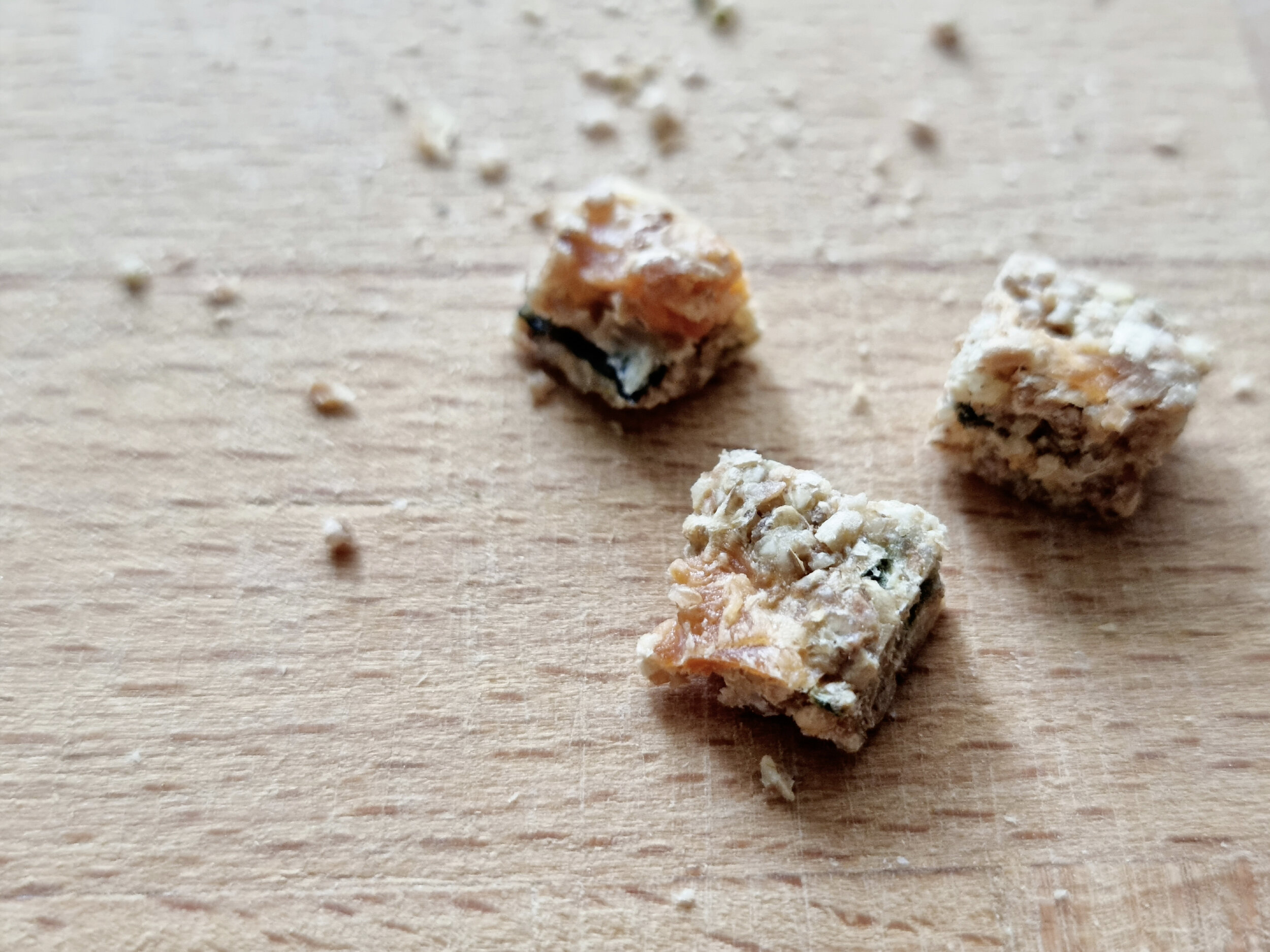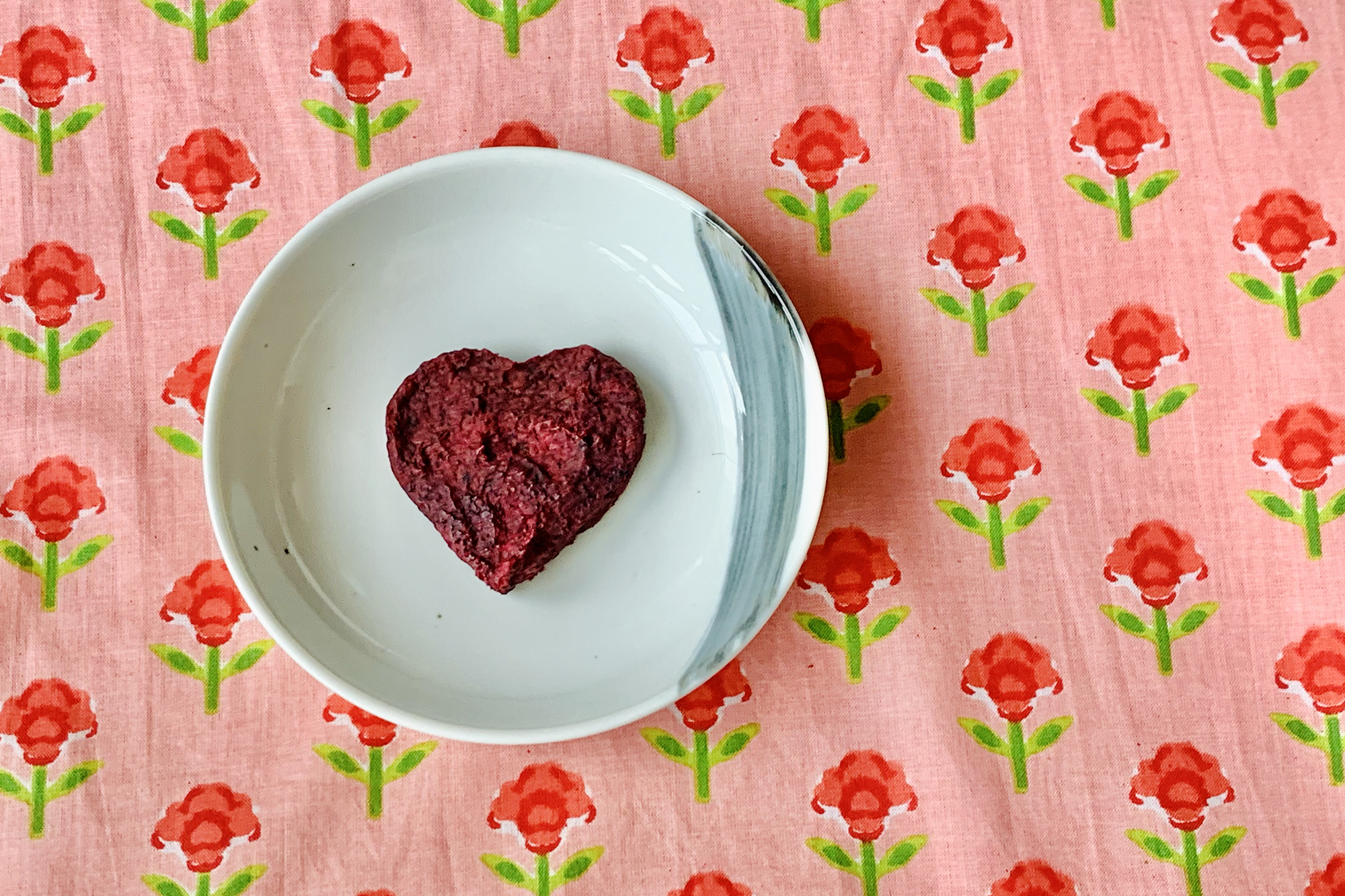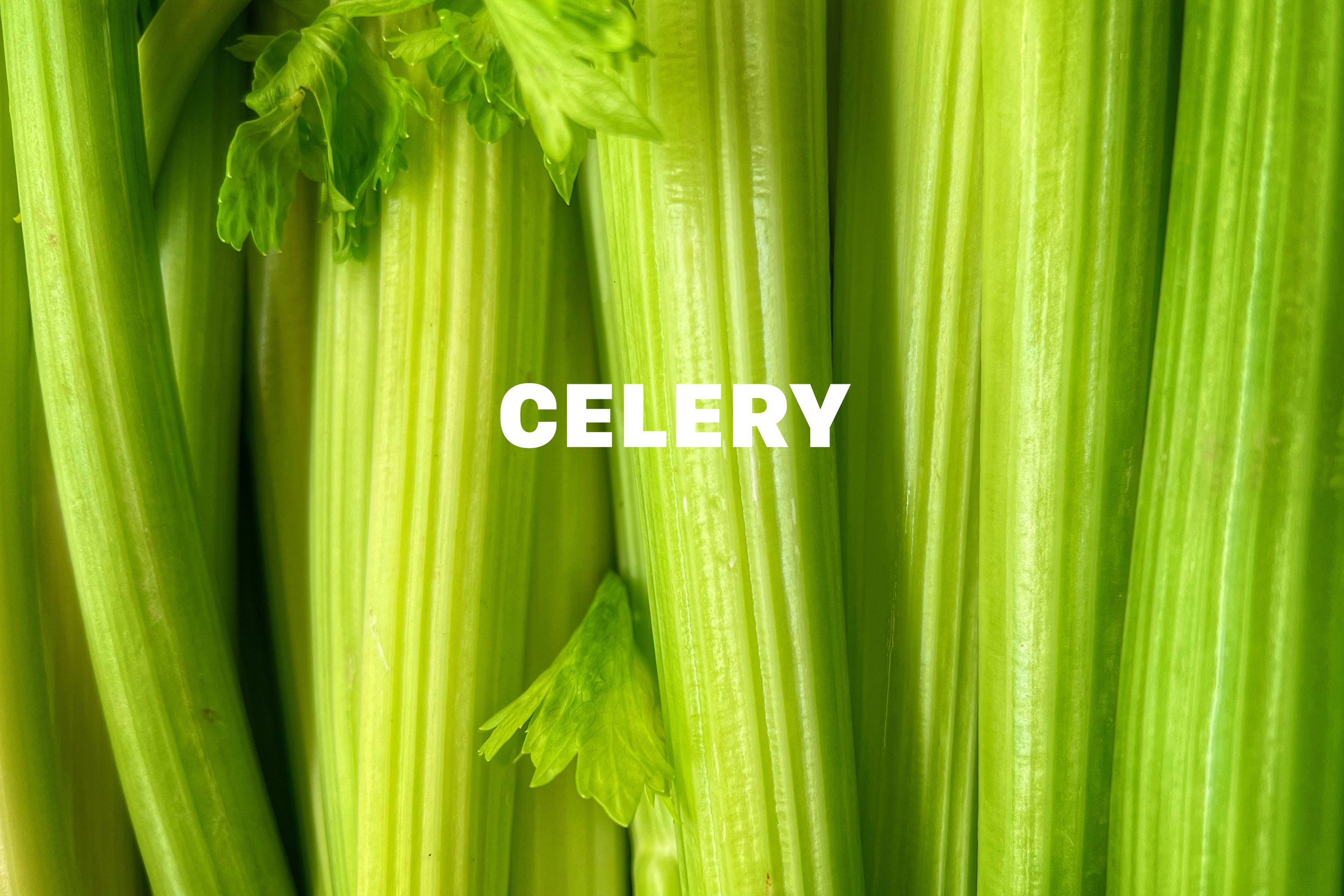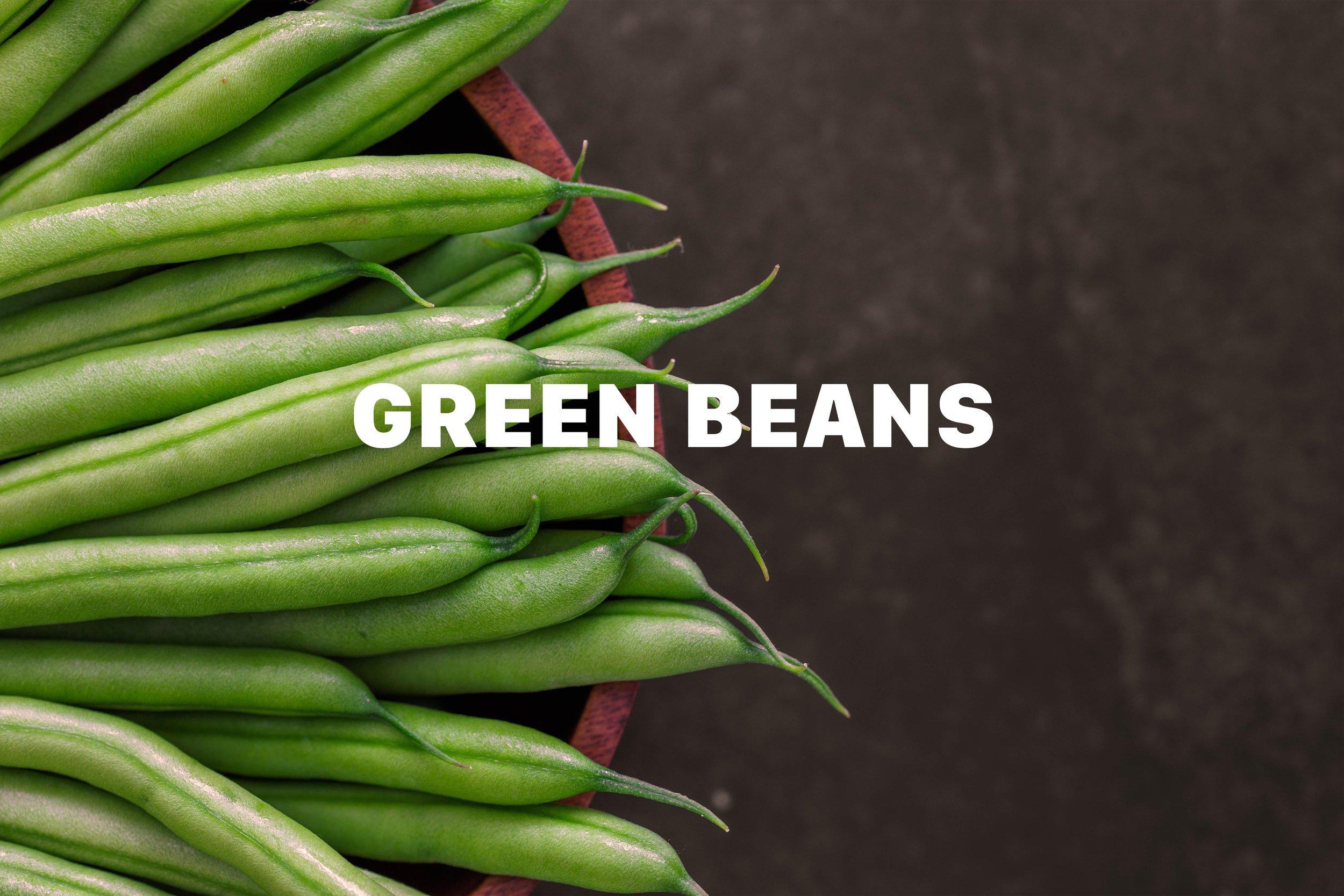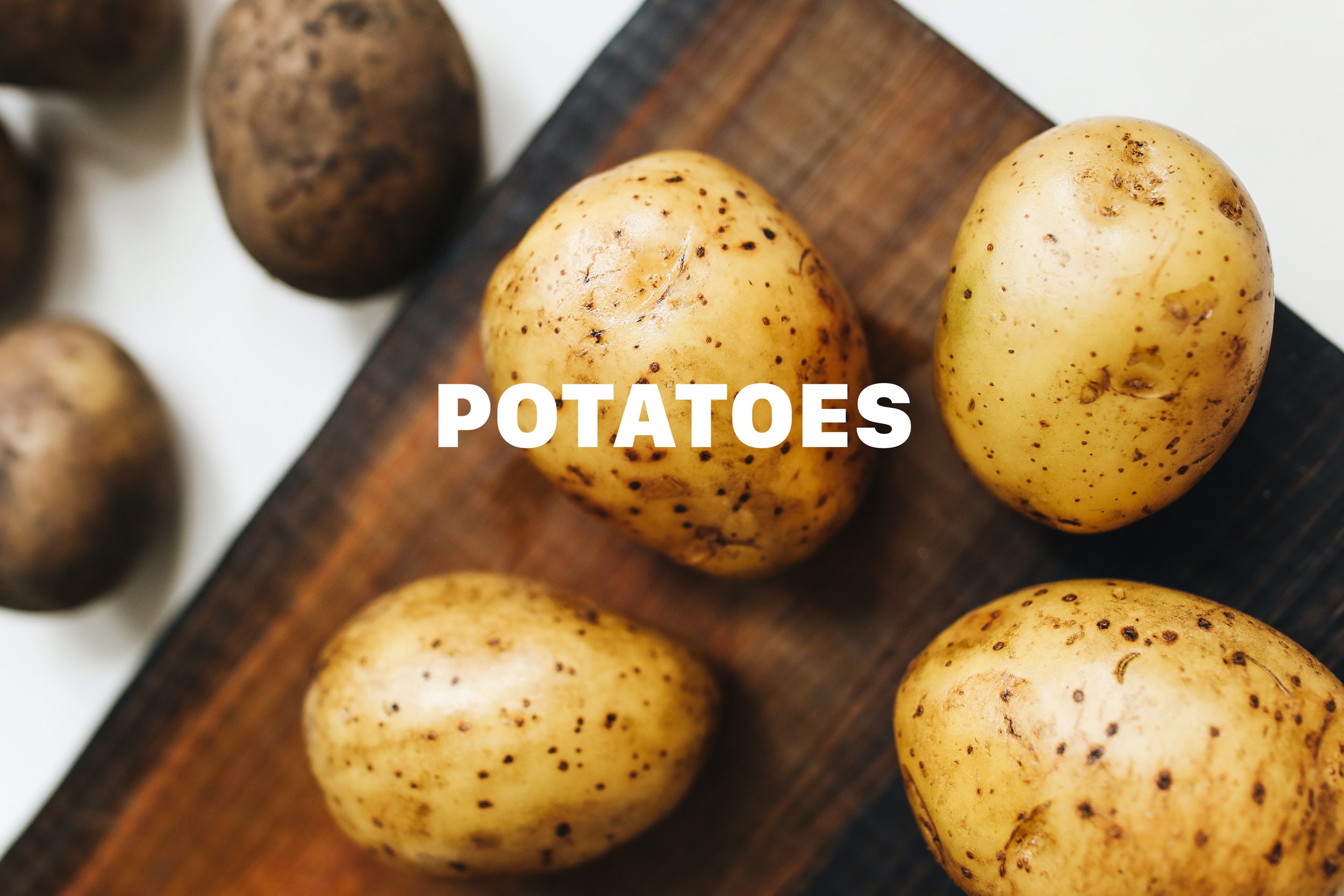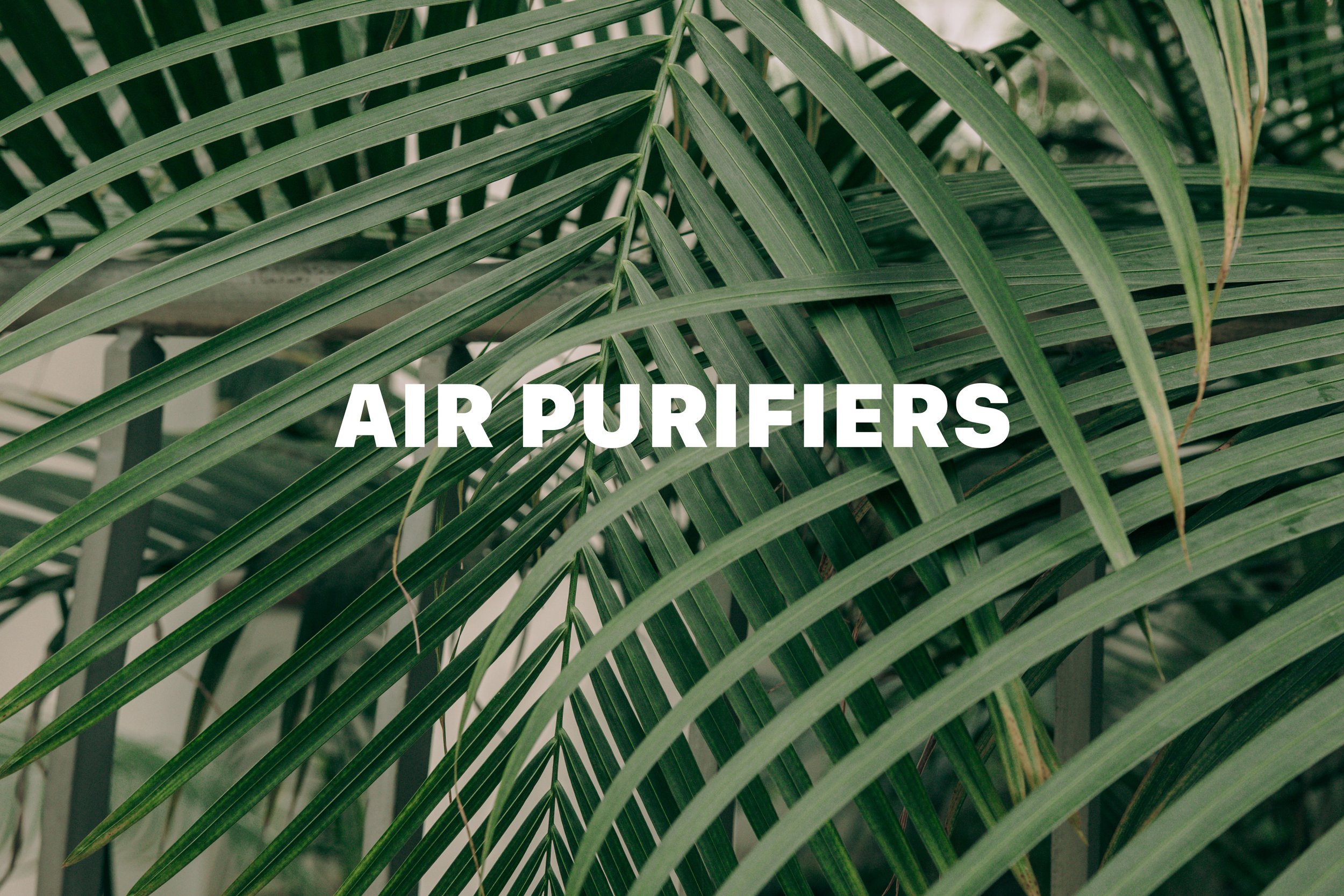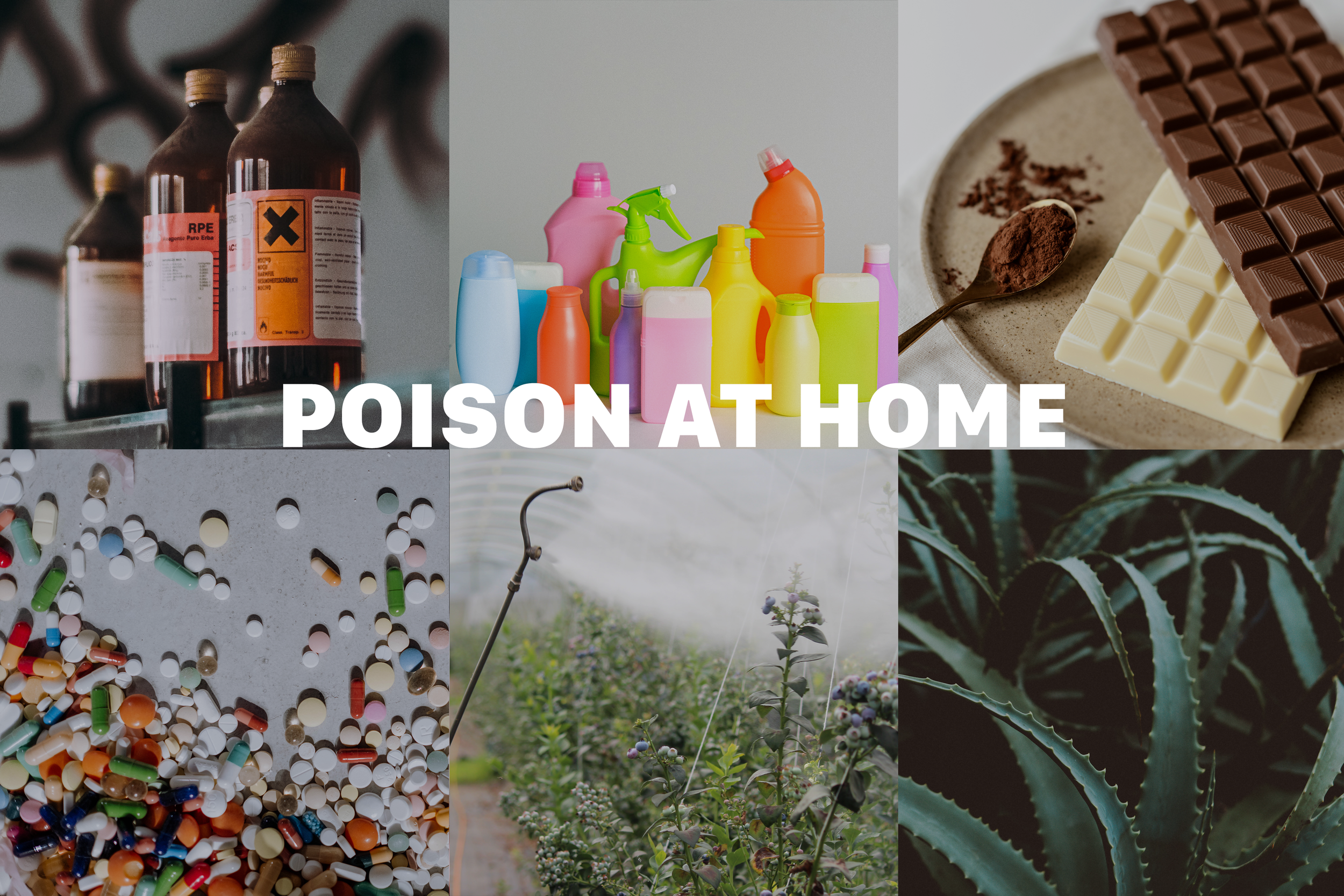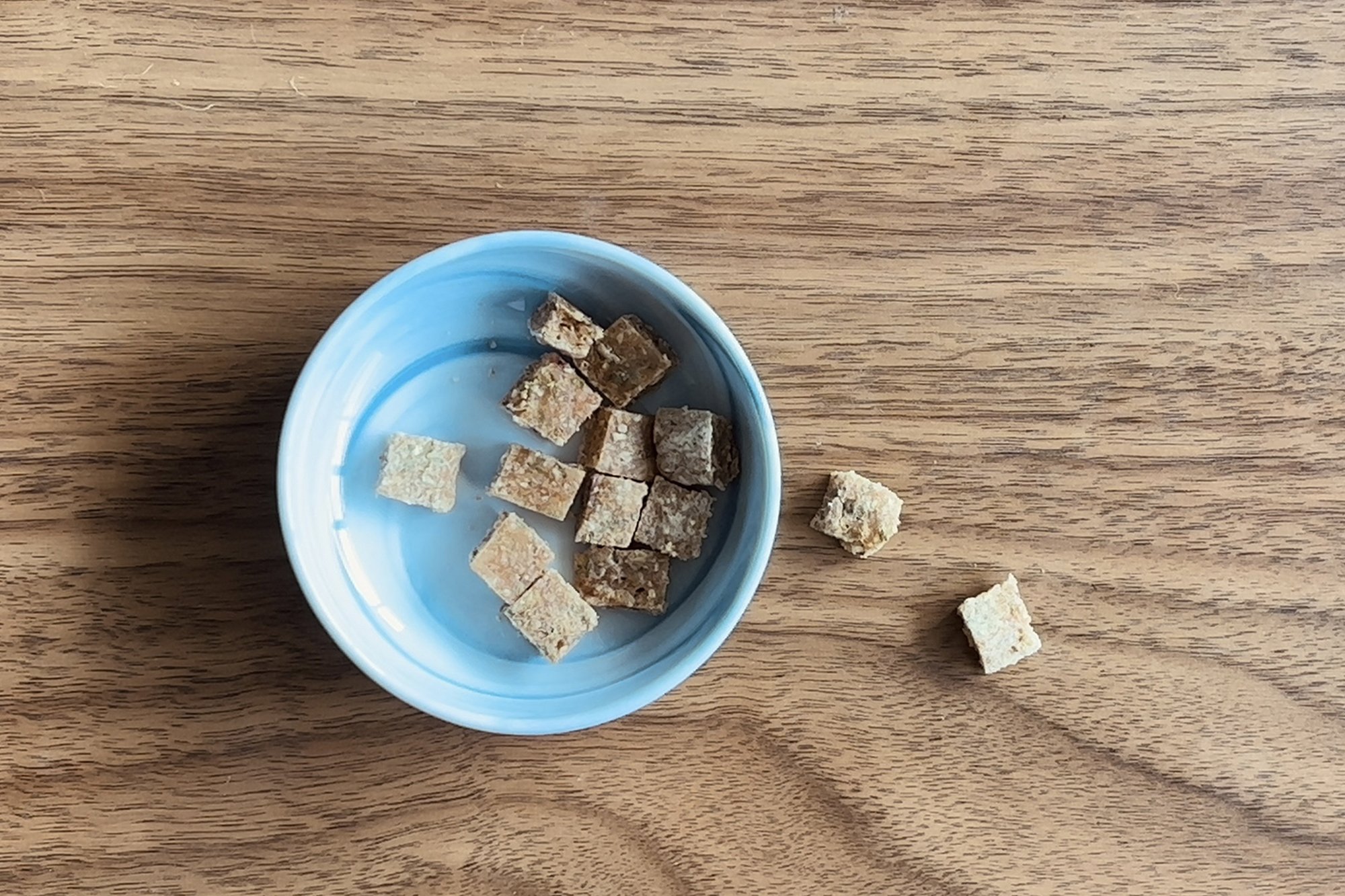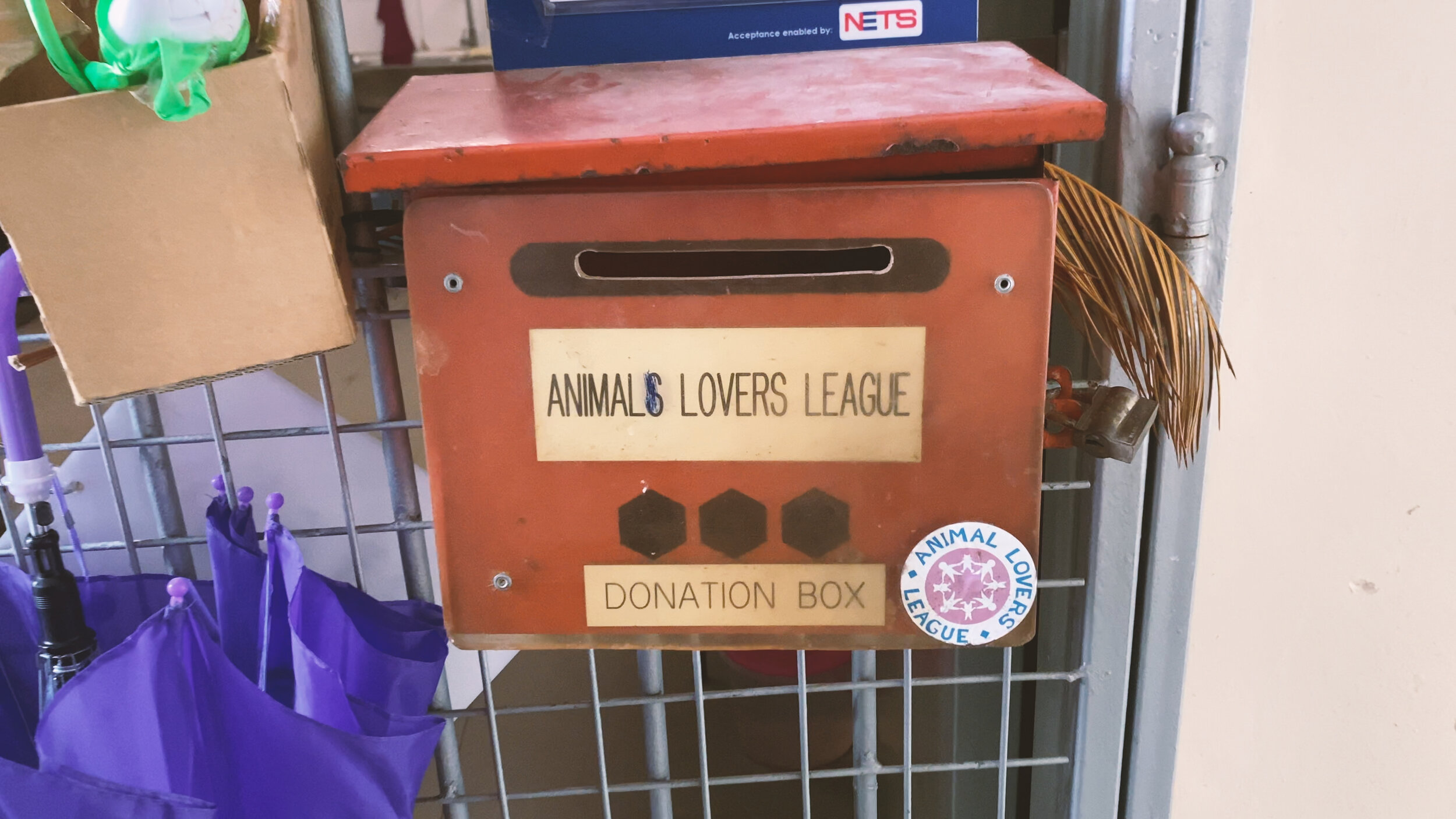Biodegradable or Compostable
Are Biodegradable and Compostable Truly Greener?
It shouldn’t come as a surprise that owning a dog or cat comes with added waste in the household. At Kuro Snacks, we’ll be honest and upfront that we use plastic in a lot of our packaging because of food safety and handling as well as cost factors. So why aren’t we fancy with new alternatives like Biodegradable & Compostable? Not only do they cost more, but they might not solve our problem.
One of the core things to remember is to be responsible with your waste, no matter what material it is made from. With these trending materials, it’s important to note the situation in your country, as we’re based in Singapore, we’ll provide a Singaporean perspective. Biodegradable and Compostable immediately suggests that this can be a greener option - but with a heavy caveat, you have to let it biodegrade and compost.
Biodegradable & Compostable
Waste that are made of these labelled materials contains organic matter which is able to be broken down into Carbon Dioxide, Methane and Water. This process is done by composting. In most cases, if you compost at home, there will be remnant inorganic material left behind. In a waste management scenario, bacteria is added to help some of these inorganic materials break down further. When you think about this concept, you would know immediately, when you compost this at home, where it’s unlikely you’ll gather these gases and put them through a scrubber or filter of sorts, composting at home releases some amount of harmful gases, which is less than ideal. Only if the local waste management facilities separate these materials from general waste materials can you be assured that they are going to be treated the way they are intended. This also assumes that they are properly disposed. It is said that some of these materials do not break down well in the natural environment, whether it is buried or lands up in the sea. The impact of this on our environment would actually be worse.
General Waste In Singapore
In Singapore (or countries with similar waste management practices), our waste management is split into 2. General Waste Management and Recyclable Waste Management (think the blue bins for most dwelling types). This puts things into better perspective - biodegradeable and compostable materials are not meant to be recycled and they will never be. So if you’re not doing composting at home and releasing harmful greenhouse gases in the process (in most cases), you will be throwing such waste materials into general waste. General waste is never sorted. It is processed as is. We are lucky, because in Singapore, we don’t simply chuck our general waste into our only remaining landfill at Pulau Semakau. We actually incinerate our trash before it is placed into the landfill. So the actual amount of waste that goes into the landfill is much less than the trash prior to incineration of course. With our waste to energy plants, it gets even better, whilst our waste is being incinerated, we generate electricity. In 2019, such energy supplies combined with other forms of greener power generation like biomass or solar, this accounts for 2.8% of our electricity generation. On the plus side, incineration in Singapore also means all gases are put through a scrubber/filter to ensure no harmful gases are released into the atmosphere. One thing’s for sure, these materials should not be placed in the blue bins as they will never be recycled and still end up being incinerated.
Incineration
So how green is biodegradable or how green is compostable really? Well, because it is likely whatever you’ve bought that was made with greener materials go through incineration, it is better than letting it sit in the landfill as they would need oxygen to break down otherwise it’s debatable how effective it is to be left in landfill and how much greener that is. What’s not debatable is that when these ‘greener’ materials are sent for incineration, they may take more energy to burn, and therefore negates the energy it produces, and may leave behind a larger amount of residue, compared to say, plastic packaging. Managing biodegradable or compostable waste may end up costing us more to manage.
The Bottom Line
Let’s go back to the beginning. Biodegradable and compostable products in many cases may actually generate a larger carbon footprint by producing them as they require more resources to produce them. Hence, why they are more expensive. They also have specific circumstances when they break down. Ultimately, it may not actually have a very big positive impact on reducing our carbon footprint or greenhouse gas emissions, where in fact it might actually be worse. You can learn more about “Biodegradable plastic alternatives not necessarily better for Singapore, say experts” at Channel News Asia. In Australia, they will soon ban biodegradable plastic, just further testament to how the current alternatives aren't exactly better.
What Can We Do?
We aren’t suggesting that the alternatives should therefore be avoided but we can first and foremost be more responsible with our choices and ensure proper disposal of the waste that we have. While new alternatives are being created by some of the most ingenious minds in the world, we have to be mindful that, it may come at a different cost. We’re not green washing or suggesting that plastics are really good or really bad, but given our current situation in Singapore, plastic waste when cleaned and placed into the blue bin have a high chance of being recycled, whilst if it is thrown into general waste because of contaminants, it is a better solution as plastic is easier to burn and leaves behind a much smaller residue, with less harmful gases being emitted to the atmosphere as they are scrubbed/filtered. For us at Kuro Snacks, admittedly, plastic is our main material of choice for food handling and safety, and it also means less costs transferred to our customers. We highly recommend to re-use the ziplock bags for other food items or to contain your trash when you’re out an about.
The best alternative we have today is to use Re-Usable Containers where possible. If you wish to have us deliver your Kuro Snacks and refill your re-usable containers (which is a much greener approach) instead, we will be more than happy to do so and shave $0.50 off each item you purchase (not applicable for limited edition or promotional products). Contact us for more information or fill up the form on Promotions. Learn more about your order and delivery.






